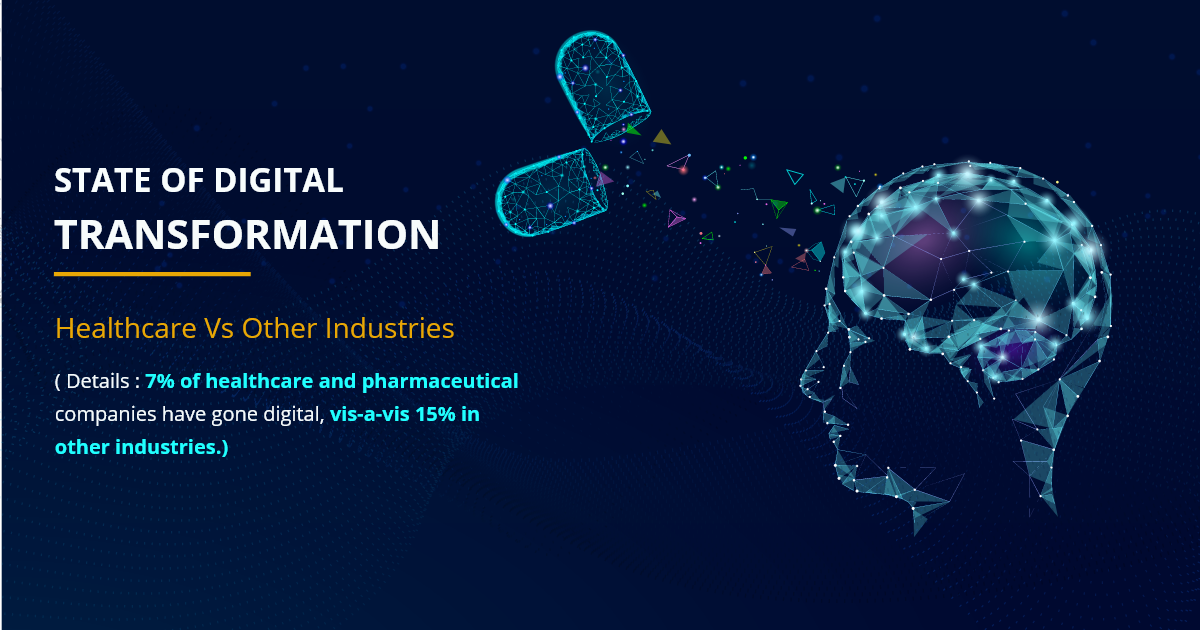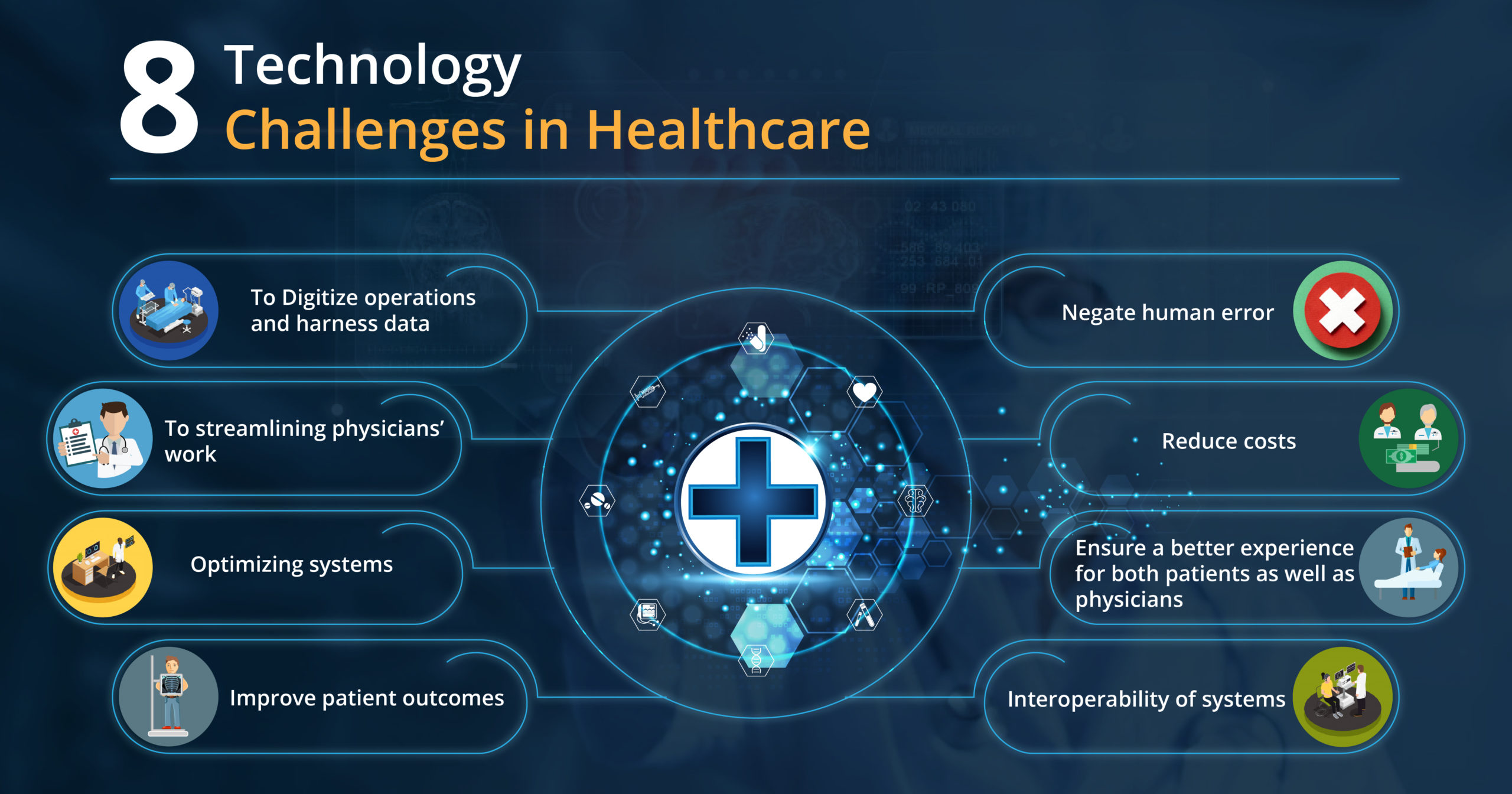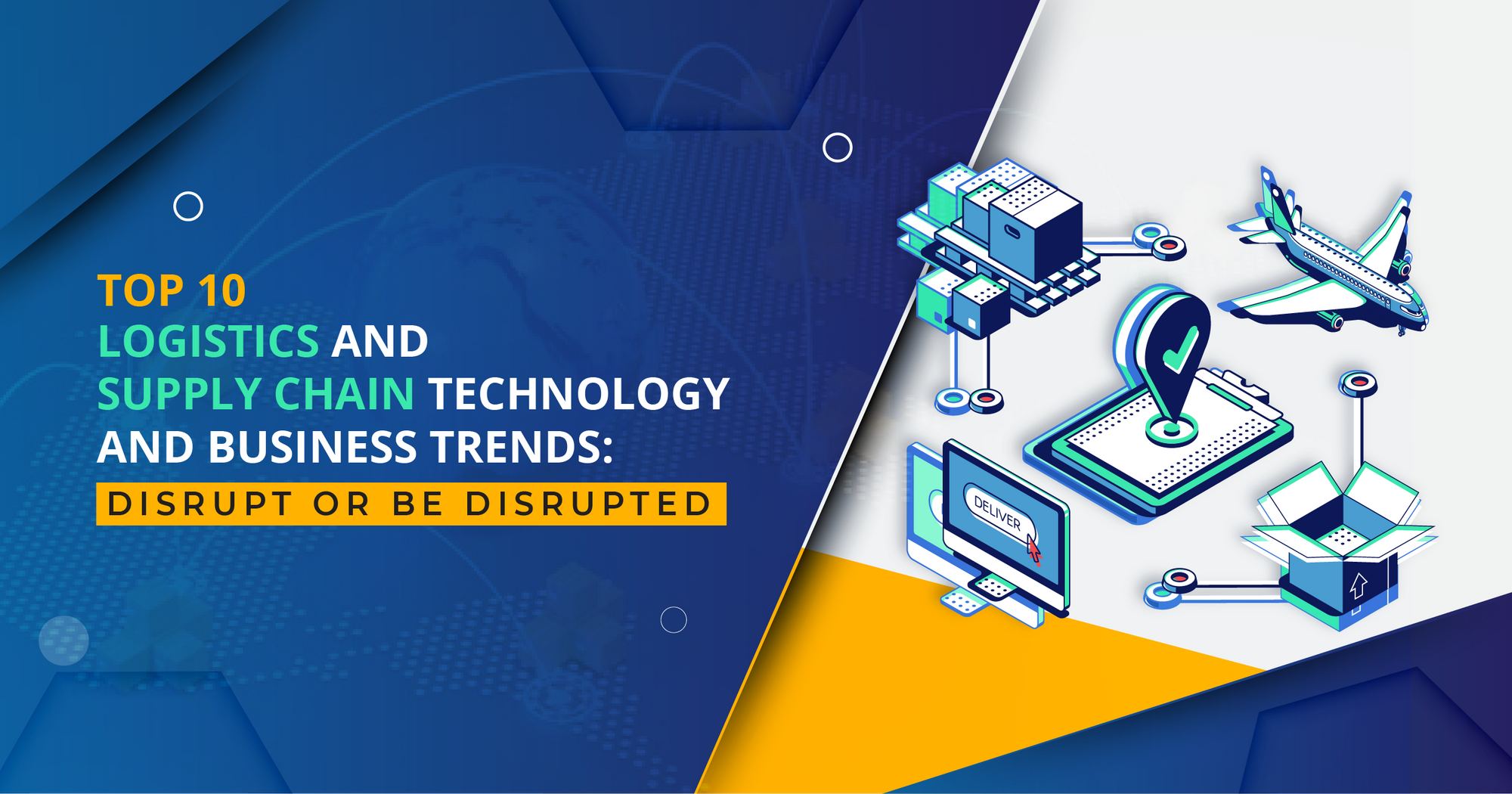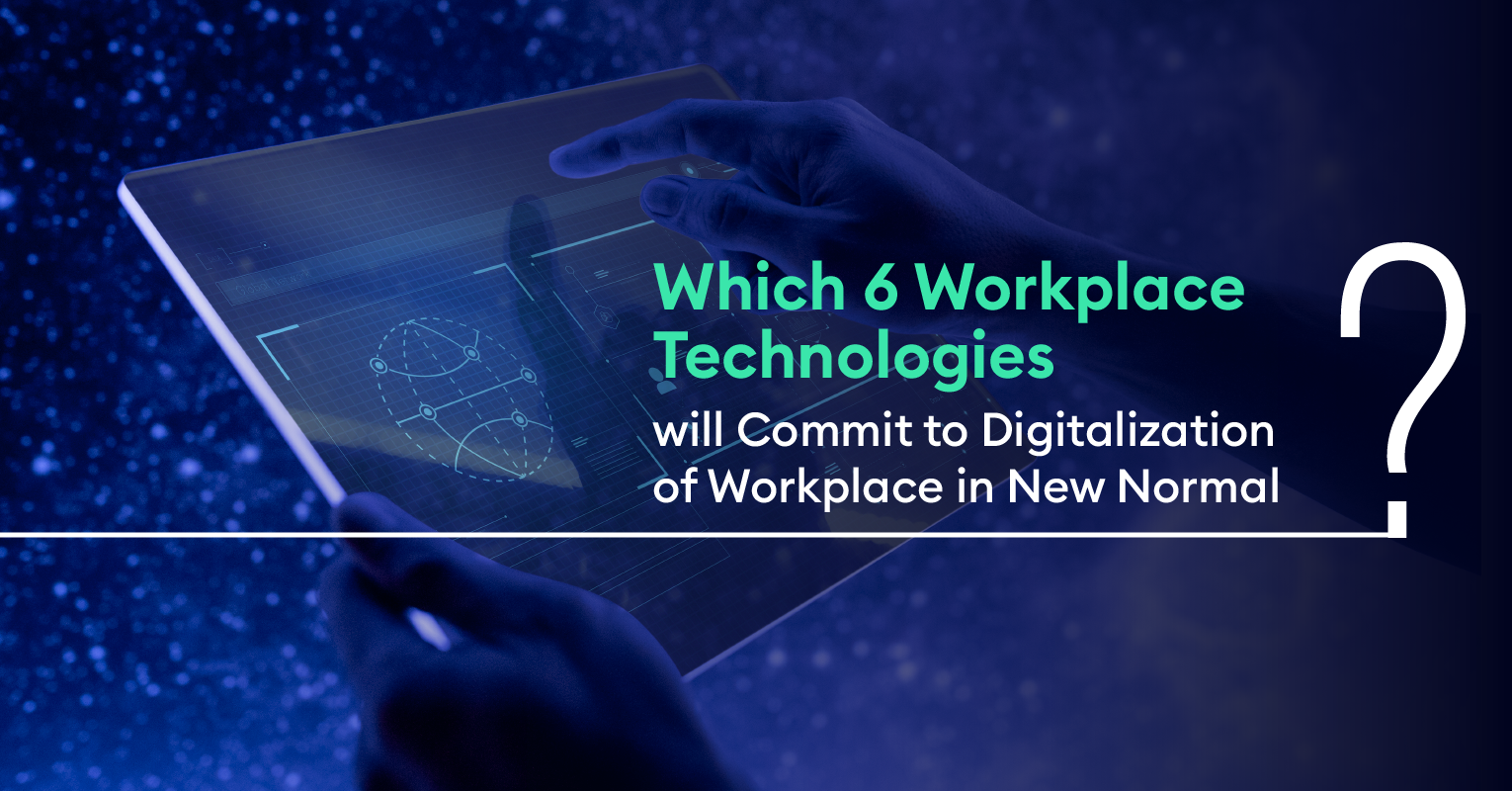Telemedicine is not a new concept it has been around for about 52 years, even when the name was not yet coined. When the pandemic struck, it exposed the old fault lines in the Healthcare System and created such bottlenecks that necessitated a shift to virtual care. Of the 2.7 million encounter records about 1,629,000 telehealth encounters occurred in the first 3 months of 2020, the initial days of the pandemic, a 50% rise over the previous year.
A sharp rise in the numbers in March are in part due to the changes in regulations, they allowed for the reimbursements of telemedicine visits in America. Regulations are thus one of the most important pieces of the telemedicine puzzle.
The State of Digital Transformation in Healthcare
It is significant to address the issue of digital transformation here because there is a difference in the way the healthcare system changes and adopts.
According to the recent research Digital Health Partners reveals that only 7% of healthcare and pharmaceutical companies have gone digital, vis-a-vis 15% in other industries. Unfortunately, the healthcare and pharmaceutical industries have lagged when it comes to implementing digital strategies. Yes, you read that right!

Going digital has become an existential necessity because of the need and impact of technologies like telemedicine, AI-enabled MIoT, and blockchain Electronic Health Records (EMR) that have shown incredible results for organizations that have been at the frontiers.
The challenges posed by the pandemic have exposed the need for innovation; it is now the name of the game.
The Main Limbs of Telehealth
First thing first, what is Telehealth – it is the name given to healthcare services delivered remotely with the help of technology. The main parts of telehealth are:
- Telemedicine
- Digital Therapeutics
- Care Navigation
Telemedicine refers in large part to the video and audio enabled consultation with the doctor.
Apart from consultation, sharing of health records and diagnostic reports such as X-ray, MRI, and blood reports, etc., are done. Today telemedicine is also supported by the live exchange of IoT data, which aids the better diagnosis and treatment.
Digital Therapeutics is that branch of telehealth that deals with Replacement Therapies and Treatment Optimization. It is oriented towards the use of software to prevent, manage or treat conditions and the use of data to optimize the doses and treatment for better results. This is the area that has spiked the interest of institutional investors and we can see large developments in digital therapeutics.
Care Navigations pertains to the use of technology in assisting patients to get better access to medical professionals and also help them get access to their medical records.
The Challenge:
Technology in itself can not lead to innovations, and as seen with EMRs, without proper and thoughtful implementation, technology can result in hindrances rather than productivity improvements.
8 Technology Challenges in Healthcare

- To Digitize operations and harness data
- To streamlining physicians’ work
- Optimizing systems
- Improve patient outcomes
- Negate human error
- Reduce costs
- Ensure a better experience for both patients as well as physicians
- Interoperability of systems
These seemingly unassuming and platonic challenges are hard to achieve as the industry has worked in its way, with a limited infusion from technology. Many of these challenges often result in the failure of new systems, as they overburden the physicians and clinicians instead of assisting them.
The Best Strategic Move and the Way Forward
Pandemic has catalyzed change in the Healthcare industry. Progressive regulations, Technology, and a new mindset of physicians, medical institutions as well as greater expectations of the patients has prepared the grounds for rapid change.
The old healthcare model is dead, and a brand new one is on its way. Institutions that leverage data, and strategically address the core challenges (mentioned earlier) in the areas of the main limbs of telehealth, will be the ones who experience unprecedented growth. On the other hand, those who do not change may still survive, but will face the sternest competitions from the corners they have not hitherto imagined!
 All Posts
All Posts


